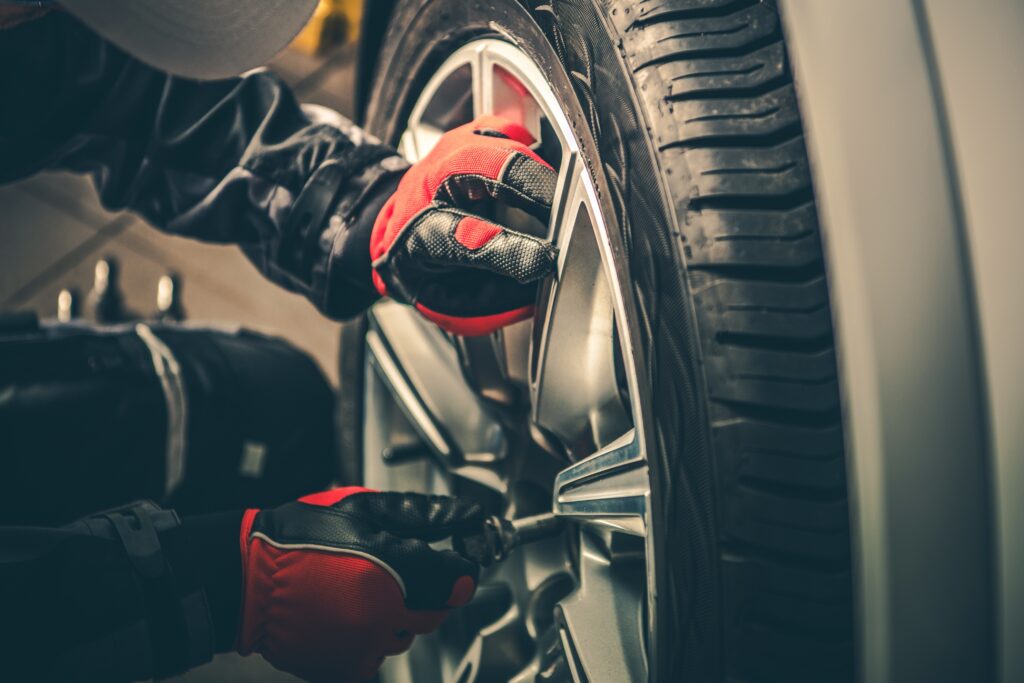What is Tire Rotation?
- August 20, 2021
- Uncategorized
- Posted by mangoboss
- Leave your thoughts

Tire rotations are extremely important and promote vehicle safety. To put things in perspective, the amount of tire that touches the road from all 4 tires on average is less than the amount of surface area that the bottom of your shoes touch the ground with. Ensuring the effectiveness of your tires by rotating them not only lengthens the life of your tires, it keeps you safer by evenly wearing your tire tread.
What is Tire Rotation and How to Check Tire Health
Depending on if your vehicle is front, rear, or all wheel drive, your tires will wear out at different rates. The wheels that are powered often wear their tires faster as they have more work to do like steering, braking, and accelerating. For example in front wheel drive vehicles, the front tires do all the accelerating, most of the braking, and carry the weight of everything under the hood. By completing a tire rotation every 8,000 to 10,000 km you give your tires a much better chance of wearing down evenly, this breaks down into roughly two tire rotations per year if you drive an average amount.
Another easy way to rotate your tires is when you change your summer or all-season tires over to your winter tires. If you plan on completing a tire rotation by yourself, it is important to note that the rotation differs if your vehicle is equipped with all-wheel drive. If you are not sure if your vehicle is all-wheel drive or want to verify your rotation pattern, get in touch with us to verify.
Checking for Tire Damage
Inspecting your tires regularly is a good idea, we recommend checking them out every time you check your oil or top up your windshield washer fluid. When inspecting your tires you’re going to want to look for balding on the inner and outer shoulders, cupping, and blistering. Older vehicles and ones with worn out suspension systems are more common to cause tire cupping which translates into uneven wear patterns. Cupping affects a vehicle’s braking ability, steering, overall ride, and wears down the tires more rapidly. A blister will show itself as a bulge in the sidewall of the tire.
One of the main causes of tire blistering are driving over road hazards like large potholes. An inner tire tear may occur when the tire gets pinched, this causes air pressure to push against the structure of the tire causing a bulge. If you find that one of your tires has been punctured by a nail or other objects, do not remove the object. If the puncture is through the tire tread there is a good chance it can be repaired. If the side-wall of your tire has been punctured it is unlikely it can be repaired and should be replaced as soon as possible. If you leave these tire symptoms unaddressed, it could result in tire failure which can cause an accident or damage your wheel at the very least.
How Drive Mango Can Help
If you have questions or concerns about your tires and the health of your vehicle, get in touch with us and we’ll lend a helping hand.
Wondering how we work? Our Simple Process is simple:
- Fill out our Survey to let us know your budget and the type of vehicle you are looking for
- Get Connected and our team member will ask you additional questions to get you approved
- Take a look at our financing options
- Schedule a test drive and vehicle inspection
